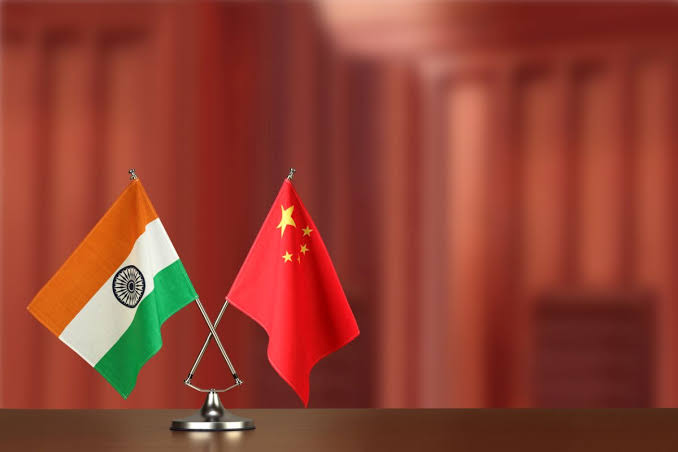SAMI
Published:2020-05-26 23:30:02 BdST
India, China armies likely headed towards face-off in Ladakh
Indian and Chinese troops remained engaged in a face to face situation in several areas along the Line of Actual Control in eastern Ladakh, indicating that the standoff could become the biggest military showdown after the Doklam crisis in 2017.
According to top military sources, India has further beefed up its strength in Pangong Tso and Galwan Valley - the two disputed areas where Chinese army is learnt to have been deploying around 2,000 to 2,500 troops, besides gradually enhancing temporary infrastructure, reports NDTV
"The strength of the Indian Army in the area is much better than our adversary," said a top military official, asking not to be named.
A concern for the Indian military has been the presence of Chinese troops around several key points including Indian Post KM120 along the Darbuk-Shayok-Daulat Beg Oldie road in Galwan Valley.
"It is serious. It is not a normal kind of transgression," former Northern Army Commander Lieutenant General (retired) DS Hooda said. He particularly emphasised that Chinese transgression into areas like Galwan was worrying as there was no dispute between the two sides in the area.
Strategic Affairs expert Ambassador Ashok K Kantha agreed with Lt General Hooda. "There have been multiple incursions (by Chinese troops). This is something which causes concern. It is not a routine standoff. This is a disturbing situation," Mr Kantha said.
Sources said diplomatic efforts must be ramped up to resolve the escalating tension between the two armies and that both sides are eyeball-to-eyeball in several areas including Pangong Tso, Demchok and Daulat Beg Oldie.
The Chinese side has particularly strengthened its presence in the Galwan Valley, erecting around 100 tents in the last two weeks and bringing in heavy equipment for construction of bunkers.
The sources said Indian troops are resorting to "aggressive patrolling" in several sensitive areas including Demchok and Daulat Beg Oldi.
The situation in eastern Ladakh deteriorated after around 250 Chinese and Indian soldiers were engaged in a violent face-off on the evening of May 5, which spilled over to the next day before the two sides agreed to "disengage" following a meeting at the level of local commanders.
The incident in Pangong Tso was followed by a similar incident in North Sikkim on May 9. India last week said the Chinese military was hindering normal patrolling by its troops and asserted that India has always taken a very responsible approach towards border management.
At a media briefing, External Affairs Ministry Spokesperson Anurag Srivastava also strongly refuted China's contention that the tension was triggered due to trespassing by Indian forces on the Chinese side. India's response came two days after China accused the Indian Army of trespassing into its territory, claiming that it was an "attempt to unilaterally change the status" of the LAC in Sikkim and Ladakh.
On May 5, the Indian and Chinese army personnel clashed with iron rods, sticks, and even resorted to stone-pelting in Pangong Tso lake area in which soldiers on both sides were injured.
The troops of India and China were engaged in a 73-day standoff in the Doklam tri-junction in 2017.
Unauthorized use or reproduction of The Finance Today content for commercial purposes is strictly prohibited.


